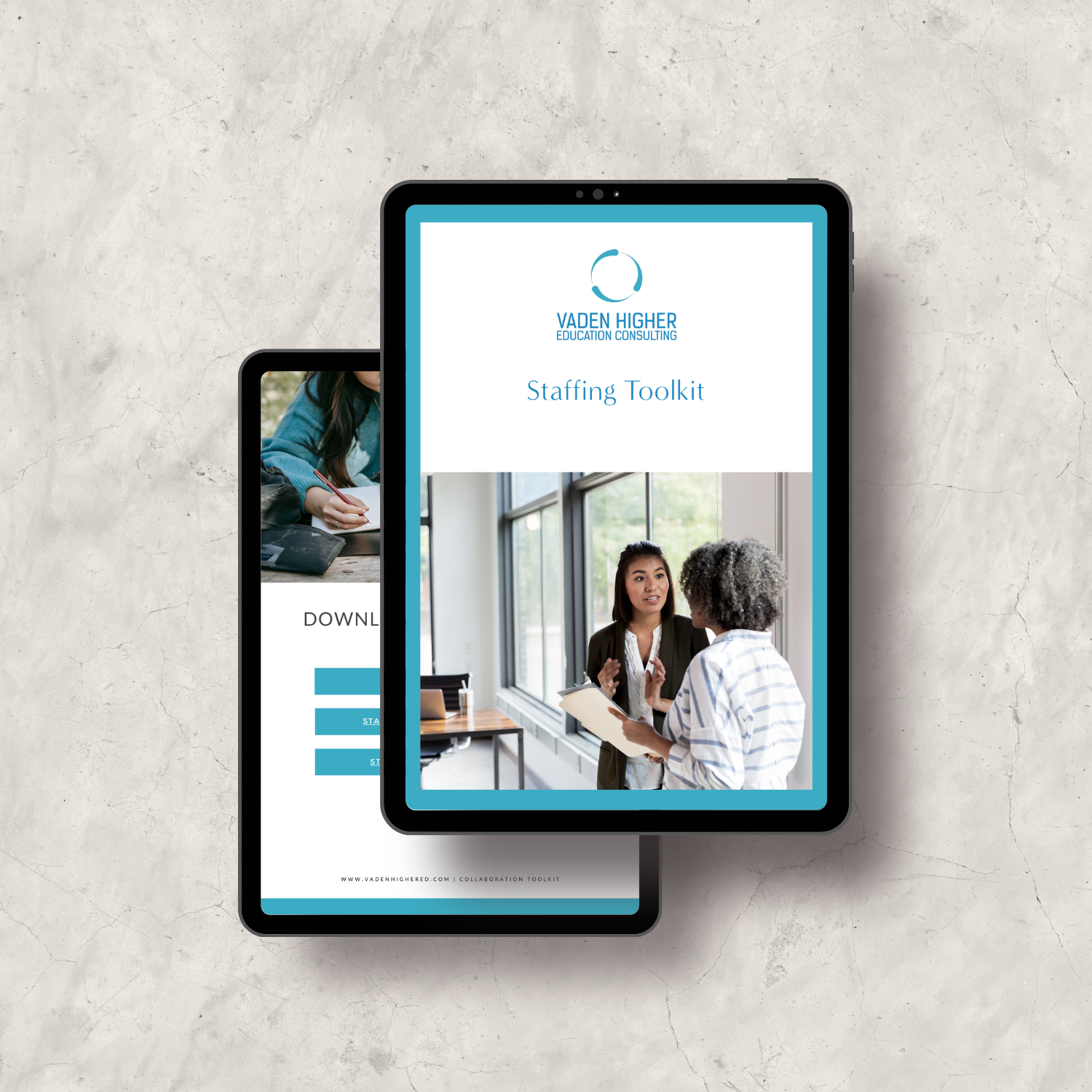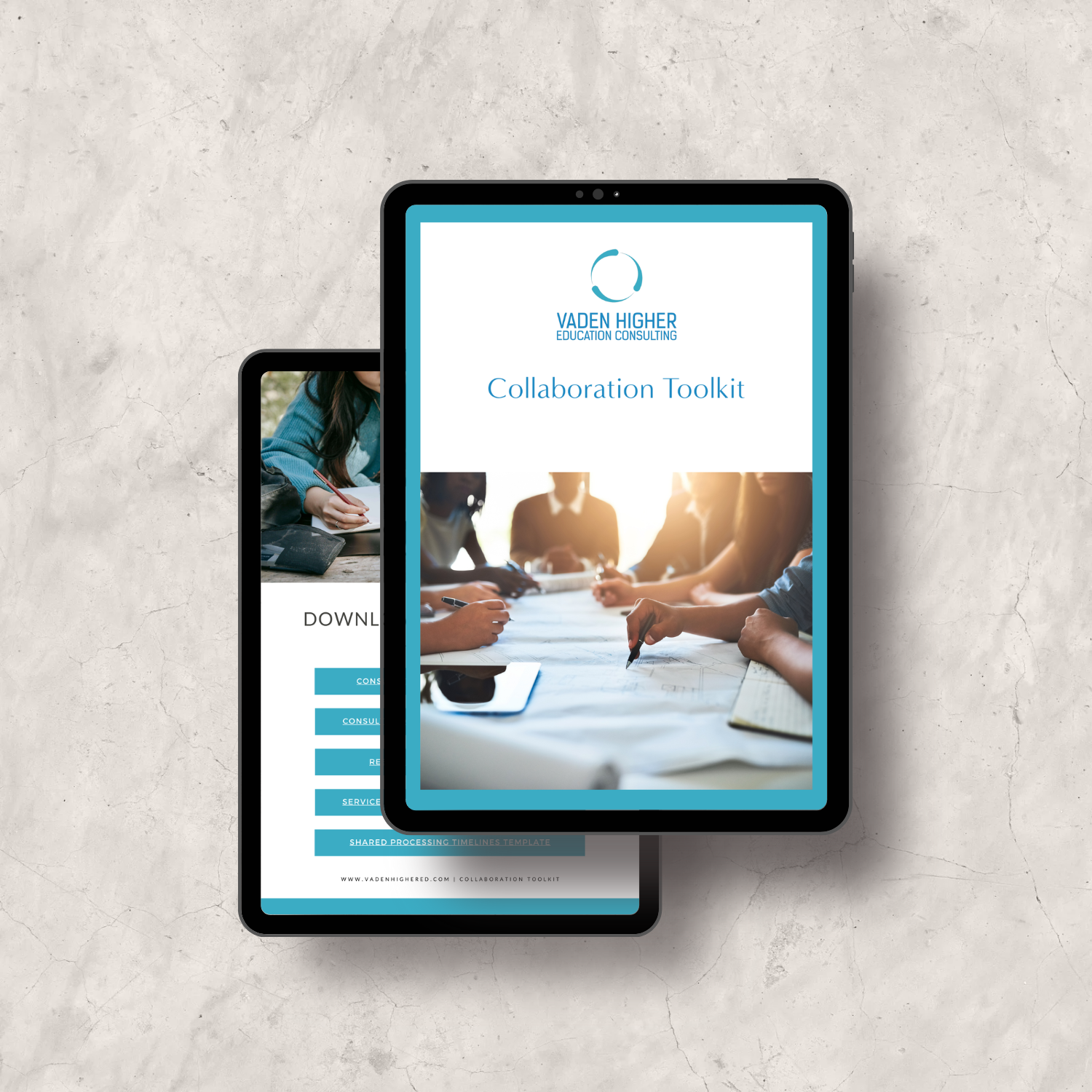3 keys to building an integrated student services team
Integrated student services teams — or one-stops — centralize student resources into one location for students to get the support they need.
Within higher education, integrated student services teams – commonly known as one-stops – are increasingly recognized as models for best-in-class service delivery. One-stops bring enrollment, financial aid, academic records, and student accounts, among other services, into a central location to enhance convenience, efficiency, and the service experience for students and families.
While more and more institutions are adopting integrated service models, the process of aligning functions and stakeholders can require significant organizational and cultural change. It can be a complex process that requires investment from leadership, a meticulous strategy, and trust between stakeholders. A poorly executed rollout – without these pieces – can be difficult to overcome.
We look at the three foundational elements to building and implementing an effective one-stop: data, staffing, and collaboration.
The importance of putting people first
Integrated student services teams can help schools put a heart back into the service experience, at a time when it’s needed more than ever. It provides an opportunity for schools to refocus on the needs of their primary customers – the students – but it also takes a people-first approach to curating the right experience.
To operate as one team with a shared goal, we need to bring all stakeholders – from leadership to frontline staff – into the process. Shared services are truly dependent on the people performing the services, and frontline staff are often better positioned to provide suggestions on the service improvements and operational changes needed to make the one-stop a success. From the planning stages through rollout, consider how you’re incorporating and encouraging engagement from a wide variety of stakeholders.
3 keys to an effective integrated student services team
Data benchmarking
Data is the foundation for all effective change management and informed decision-making. On the front end, data is key to getting buy-in from leadership and department stakeholders, but benchmarking is equally critical to estimating your staffing needs and ensuring the team is consistently delivering a high-quality service experience.
To calculate the adequate number of staff for your one-stop, there are two essential data points:
Volume – The number of phone calls, online chats, emails, and walk-in touchpoints your service professionals have with students
Productivity – How long it takes to complete an interaction
These points will help you measure your current state – setting a baseline for what you’ll need for rollout – as well as monitor and report on the future state of productivity. It can also be a helpful tool that informs whether or not your team is able to take on additional work, which they’ll thank you for in the end.
Keep in mind that each of these data points will vary depending on the type of services being performed. For example, the staffing needs for counseling on financial aid inquiries may be different from reviewing a student bill.
Staffing
One of the most common reasons shared services fail is underestimating the staff needed to build an effective team. Centralizing services is commonly considered a way to reduce costs. If we make this a primary goal, however, we’re often undervaluing the number and quality of staff needed to adequately perform these services – and as we’ve said before, once it’s been rolled out, the impacts are difficult to undo.
The consequences of understaffing may include:
Longer wait times
Customer dissatisfaction
Higher staff turnover
Decreased quality of work
Staffing estimates, backed by data, will enable you to have informed conversations with leadership about how many staff you’ll need on a daily and monthly basis. The second factor is having the right staff in place. Rather than hiring for function, consider bringing together the right team based on clearly defined roles and responsibilities. Keep in mind that the quality of service you provide is only as good as the people performing the services.
Collaboration
Integrating services often requires bringing together departments with differing cultures and objectives. But to be effective, an integrated services team needs to be developed and grounded in a culture of collaboration so it can operate effectively as a team and with other departments. Trust and communication need to be the bedrock of this collaboration.
Knowing where to start can be difficult, but as we’ve said, data insights are paramount in building alignment and getting leaders to invest time, resources, and political capital. It can also transform the relationship between the one-stop and partner offices. For example, using data can shift decision-making from relying on anecdotes to recognizing trends that paint a clearer picture of how things are going. By focusing on the facts, you’re able to make better decisions, move past misunderstandings, and work together more effectively.
In addition to data, building a collaborative team requires a well-defined framework that clarifies roles, streamlines workflows, and fosters a unified approach. A framework allows teams to quickly identify areas for improvement and respond to organizational needs with clarity and confidence, including:
What does “high quality service” look like?
What are the roles on the one-stop team and what are the responsibilities and expectations for each position?
How will one-stop staff and the partner offices interact and support each other in resolving student issues?
What’s the process for escalating a service issue?
What are the benchmarks for timely service delivery?
How will we communicate roles and responsibilities so it’s clear for staff and students?
One example is that most students and families commonly request the status of something they’ve requested or submitted, and the ability for one-stop staff to access up-to-date processing timelines for each department results in fewer unnecessary consultations and escalations and an overall better service experience. Similarly, clearly communicated roles and responsibilities allow for staff and families to quickly navigate to the right person to get the support they need.
Within higher education, one-stop student services centers are increasingly recognized as models for best-in-class service delivery – but building an effective center and collaborative team needs to start with data-informed decision-making, a well-developed framework, and a culture of communication and trust.
Need support building an effective one-stop for your institution? Let’s connect.



